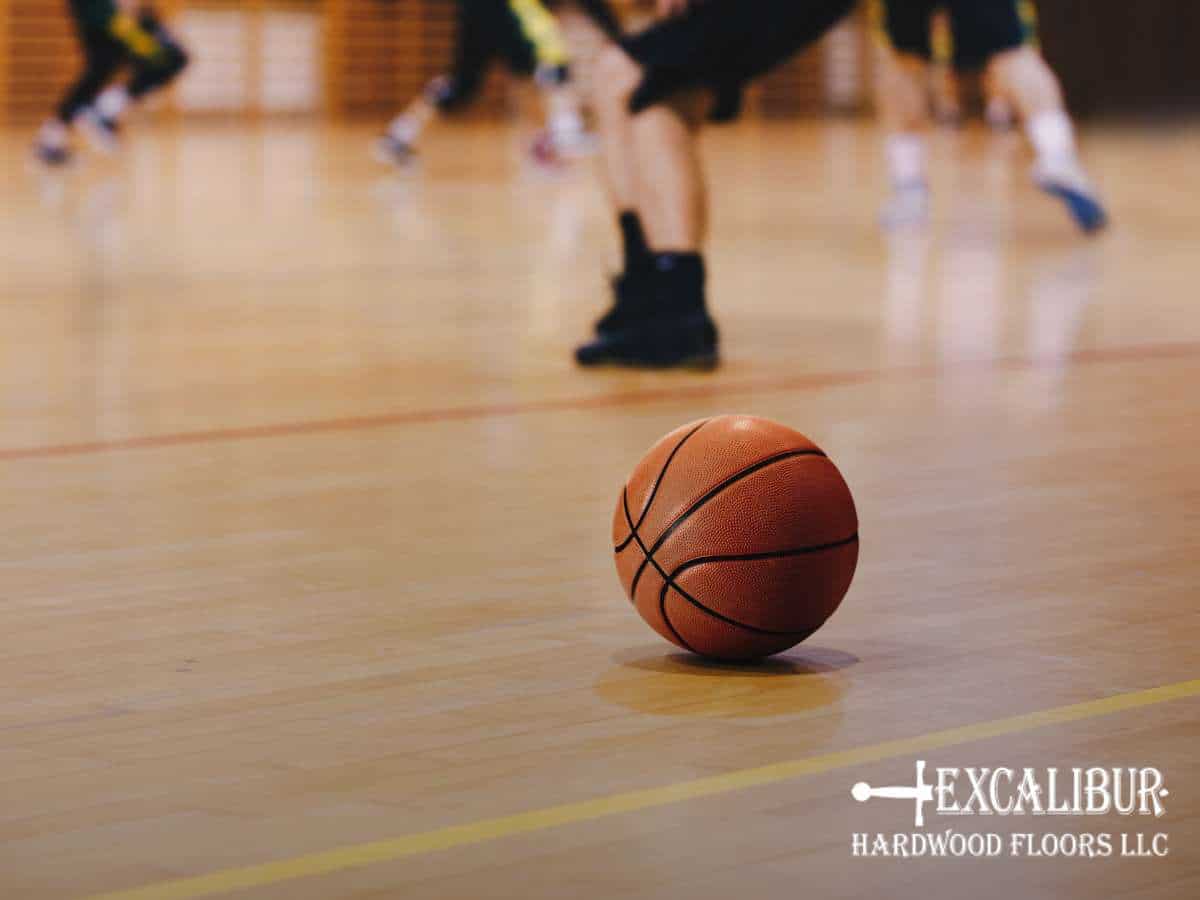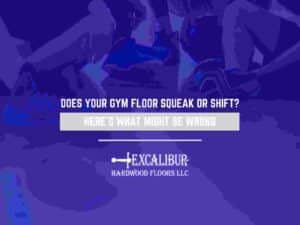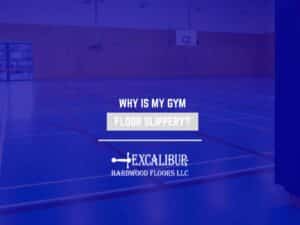How Does The Condition Of Gym Floors Affect Athletes’ Performance?
Enhancing Athlete Safety Through Exceptional Sports Flooring
Gym floors play a crucial role in shaping the experience and performance of athletes. The condition of these floors, whether they are properly installed, well-maintained, and designed for specific sports, can significantly impact athletes’ safety, comfort, and overall performance.

The Significance Of High-Quality Gym Floors In Ensuring Athlete Safety
Determining the quality of an indoor gym floor is a crucial aspect governed by established standards, notably outlined in the guidelines set forth by the American Society for Testing and Materials under ASFM F2772 regulations. For those seeking detailed insights into these specific standards, we recommend referring directly to the comprehensive guidelines provided by the ASTM.
In this blog, our focus shifts towards elucidating how a top-tier gym floor contributes significantly to reducing the likelihood of player injuries. Let’s delve into how quality gym floors play a pivotal role in ensuring athlete safety.
Importance Of Optimal Traction On Sports Floors To Reduce Injury Risks
In sports characterized by high-speed movements, frequent jumping, and rapid changes in direction, optimal traction is paramount to preventing injuries. Gym floors that do not offer adequate traction or exhibit excessive friction can predispose players to slips, falls, and subsequent injuries. This underscores the critical importance of hardwood floors, particularly those of superior quality commonly utilized by professional sports teams, adhering to precise specifications.
The requisites for optimal traction are meticulously delineated in the ASTM F2772 guidelines, which stipulate recommended coefficients of friction essential for safe and secure player movements. When contemplating replacing a gym floor in Phoenix, it becomes imperative to factor in the primary sports activities conducted on the surface before selecting the appropriate flooring material. The recommended standards for hardwood floors dictate that the sliding coefficient value should ideally fall within the range of 80 to 110, particularly for sports such as:
- Basketball
- Volleyball
- Handball
- Indoor Soccer
These standards serve as benchmarks for ensuring that the gym floor’s surface characteristics align harmoniously with the dynamic movements and requirements of these sports, thereby minimizing injury risks and promoting a safe sporting environment.
Enhancing Joint Health & Stability On Quality Hardwood Floors
The optimal amount of shock absorption is as critical as traction when evaluating the excellence of a hardwood floor. A premium sports floor, equipped with sufficient shock absorption capabilities, not only minimizes immediate impact-related injuries but also fosters long-term joint health for players. Such quality sports floors offer a plethora of health benefits across all age groups. Older players experience reduced strain on their joints and ligaments, while younger players, in their formative growth stages, find a safer environment conducive to their development.
Basketball stands as a prime example of an indoor sport that places significant stress on the joints. Collisions with other players, improper landings, or forceful falls can result in severe injuries among basketball athletes. The inherent unpredictability of these injuries compounds their severity, with some players facing prolonged recovery periods or even permanent impairment.
Adhering to the ASTM F2772 criteria, a quality hardwood gym floor should possess a minimum shock absorption level of 10%, escalating to a minimum of 22% for sports played at a highly competitive level. Any deviation from these standards is deemed non-compliant, highlighting the indispensable role of gym floor surfaces in safeguarding athletes’ well-being. It’s worth noting that while the surface characteristics are crucial, the subflooring also significantly contributes to the floor’s shock absorption capabilities.
Achieving Optimal Stability & Performance With Proper Gym Flooring
Vertical deformation, a crucial metric influencing player safety and performance, delineates a floor’s ability to adapt to an athlete’s movements, such as jumping or falling. The quality of a basketball court floor directly correlates with its vertical deformation capabilities, although an excessive degree of this trait may not necessarily translate to enhanced performance. Balancing vertical deformation is pivotal, with ASTM guidelines stipulating a maximum vertical deformation of five millimeters for hardwood floors to maintain optimal gameplay without compromising safety.
How Quality Gym Flooring Minimizes Distractions & Enhances Athlete Focus
Acoustics plays a pivotal role in creating an environment conducive to concentration and focus. A premium gym floor, when installed correctly, significantly reduces noise levels compared to conventional courts.
Achieving optimal acoustics is crucial for fostering concentration and focus. With professional gym floor installations, you can enjoy a premium environment that minimizes noise levels, surpassing conventional court setups.
This reduction not only aids players in maintaining focus but also minimizes potential distractions that could lead to accidents on the court. Beyond the floor’s attributes, the architectural design of sports facilities also plays a pivotal role in enhancing athlete safety and optimizing gameplay dynamics.
Harnessing The Advantages Of Hardwood Maple Sports Floors
Hardwood maple sports floors epitomize excellence across various performance metrics, including ball rebound, area deflection, and overall game dynamics. Investing in hardwood maple sports floors not only ensures player safety but also elevates the performance standards of the game itself.
Importance Of Regular Maintenance For Gym Floor Longevity & Athlete Safety
Regular maintenance routines are paramount in upholding the safety and longevity of hardwood gym floors. Daily mopping with manufacturer-recommended cleaning solutions forms the cornerstone of basic maintenance practices.
Additionally, periodic screening, recoating, sanding, and refinishing, as per industry standards, are essential for preserving the floor’s integrity and ensuring continued athlete safety over time.
Guide To Choosing & Maintaining Gym Floors For Optimal Performance & Safety
For those seeking to enhance their sports facility, navigating through a myriad of information can be daunting. Rest assured, at Excalibur Hardwood Floors, we are equipped with over a decade and a half of extensive experience to guide you toward making the optimal choice for your gym floor. Our commitment extends beyond mere excellence in performance; we prioritize safety, ensuring that your gym floor not only excels in functionality but also provides a secure environment for all its users. Contact us today!





